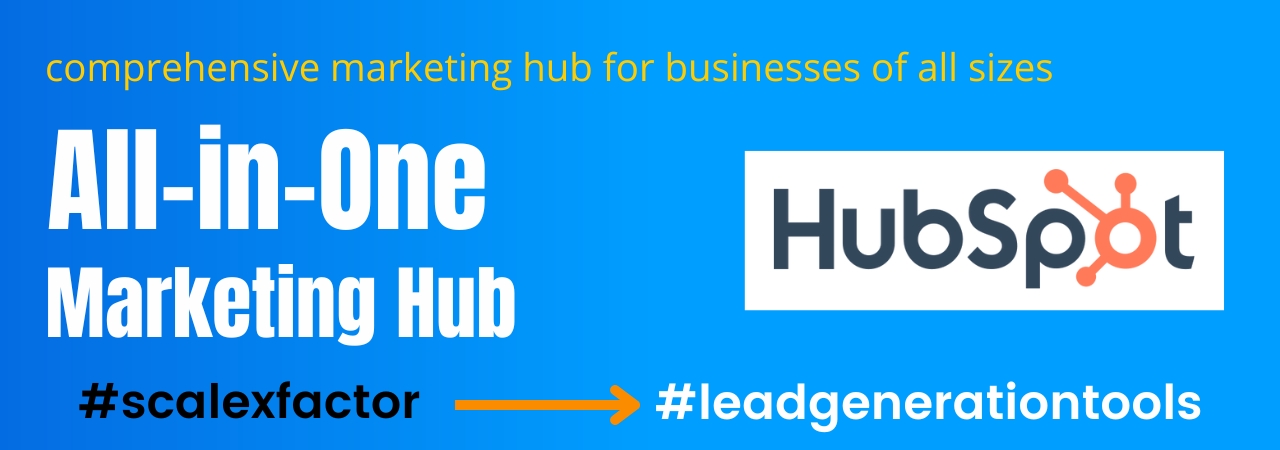In the world of business-to-business (B2B) marketing, webinars have emerged as powerful lead generation tools . These online seminars offer a unique opportunity to connect with potential clients, showcase expertise, and ultimately drive valuable leads. To make the most of webinars as B2B lead generation tools, consider these best practices:
- Choose a Relevant Topic: Opt for a topic that resonates with your target audience’s needs and pain points. Addressing their concerns will attract more attendees and increase the chances of generating qualified leads.
- Thorough Planning: Plan your webinar meticulously. Define the goals, objectives, and key takeaways. Create a detailed timeline to ensure a smooth and engaging presentation.
- Engaging Content: Craft content that is informative, engaging, and easy to understand. Use visuals, case studies, and real-world examples to illustrate your points effectively.
- Speaker Expertise: Select speakers who are experts in the field and can provide valuable insights. Their credibility will enhance the webinar’s reputation and attract more participants.
- Promotion Strategy: Develop a comprehensive promotion plan across various channels, such as social media, email marketing, and your website. Leverage your existing networks to maximize reach.
- Interactive Elements: Incorporate interactive elements like polls, Q&A sessions, and live chats to encourage audience participation. This engagement can lead to stronger connections and higher lead generation.
- Optimal Timing: Choose a date and time that accommodate your target audience’s schedules. Consider different time zones to ensure broad participation.
- Registration Process: Keep the registration process simple. Ask for essential information, such as name and email, but avoid making it too lengthy to prevent potential participants from dropping out.
- Rehearsals are Key: Conduct rehearsals to iron out any technical glitches and ensure smooth transitions between segments. This preparation will result in a polished and professional webinar.
- Follow-Up Strategy: After the webinar, send a follow-up email thanking attendees for their participation. Provide links to the webinar recording and additional resources to continue nurturing leads.
- Data Utilization: Gather data on attendee engagement and interaction during the webinar. Analyze this information to refine your future webinars and tailor your lead generation efforts.
- Landing Page Optimization: Create a dedicated landing page with compelling copy and a clear call-to-action (CTA) for registration. A well-optimized landing page can significantly boost conversion rates.
- Consistency Matters: Maintain a consistent schedule for webinars. Regularity will help build anticipation and establish your brand as a reliable source of valuable information.
- Post-Webinar Surveys: Collect feedback from attendees through post-webinar surveys. Use this feedback to make improvements and gain insights into audience preferences.
- Collaborations and Partnerships: Consider collaborating with industry influencers or complementary businesses for co-hosted webinars. This can expand your reach and attract new leads.
Here are five popular webinar platforms that are commonly used for B2B lead generation:
- GoToWebinar: GoToWebinar is a well-established platform that offers a variety of features tailored for B2B lead generation. It provides tools for hosting interactive webinars, capturing leads through registration forms, and integrating with CRM systems.
- Zoom Webinar: Zoom is widely recognized for its video conferencing capabilities, and Zoom Webinar is its dedicated solution for hosting webinars. It offers options for audience engagement, lead tracking, and integration with marketing automation tools.
- WebinarJam: WebinarJam focuses on creating engaging and interactive webinars. It offers features like live chat, polls, and attendee analytics to gather valuable insights for B2B lead generation efforts.
- HubSpot Webinars: HubSpot provides an integrated solution for B2B lead generation and nurturing. Its webinar tool allows you to create, promote, and analyze webinars while seamlessly integrating with HubSpot’s CRM and marketing automation features.

- ON24: ON24 is a platform specifically designed for B2B marketers. It offers a wide range of interactive features such as polls, surveys, and multimedia content, along with robust analytics to track audience engagement and lead generation metrics.
Remember that the effectiveness of a webinar platform for B2B lead generation can also depend on factors like your target audience, content strategy, and integration with your existing marketing tools. It’s a good idea to evaluate these platforms based on your specific business needs before making a decision.
In conclusion, webinars can serve as potent B2B lead generation tools when executed effectively. By focusing on relevant content, engaging interactions, and strategic promotion, businesses can establish themselves as industry authorities while attracting and nurturing valuable leads. Following these best practices will contribute to successful B2B lead generation through webinars.




